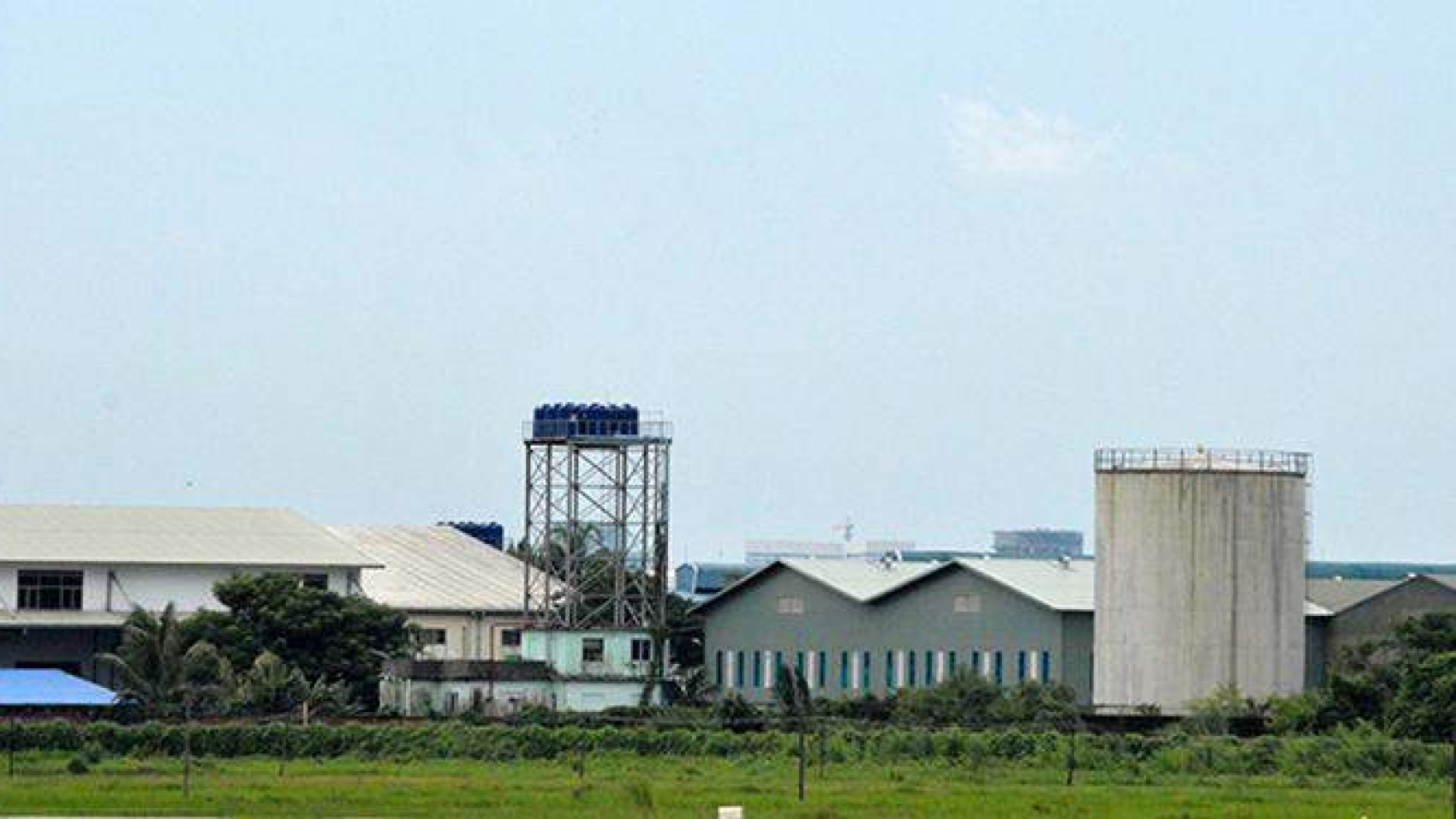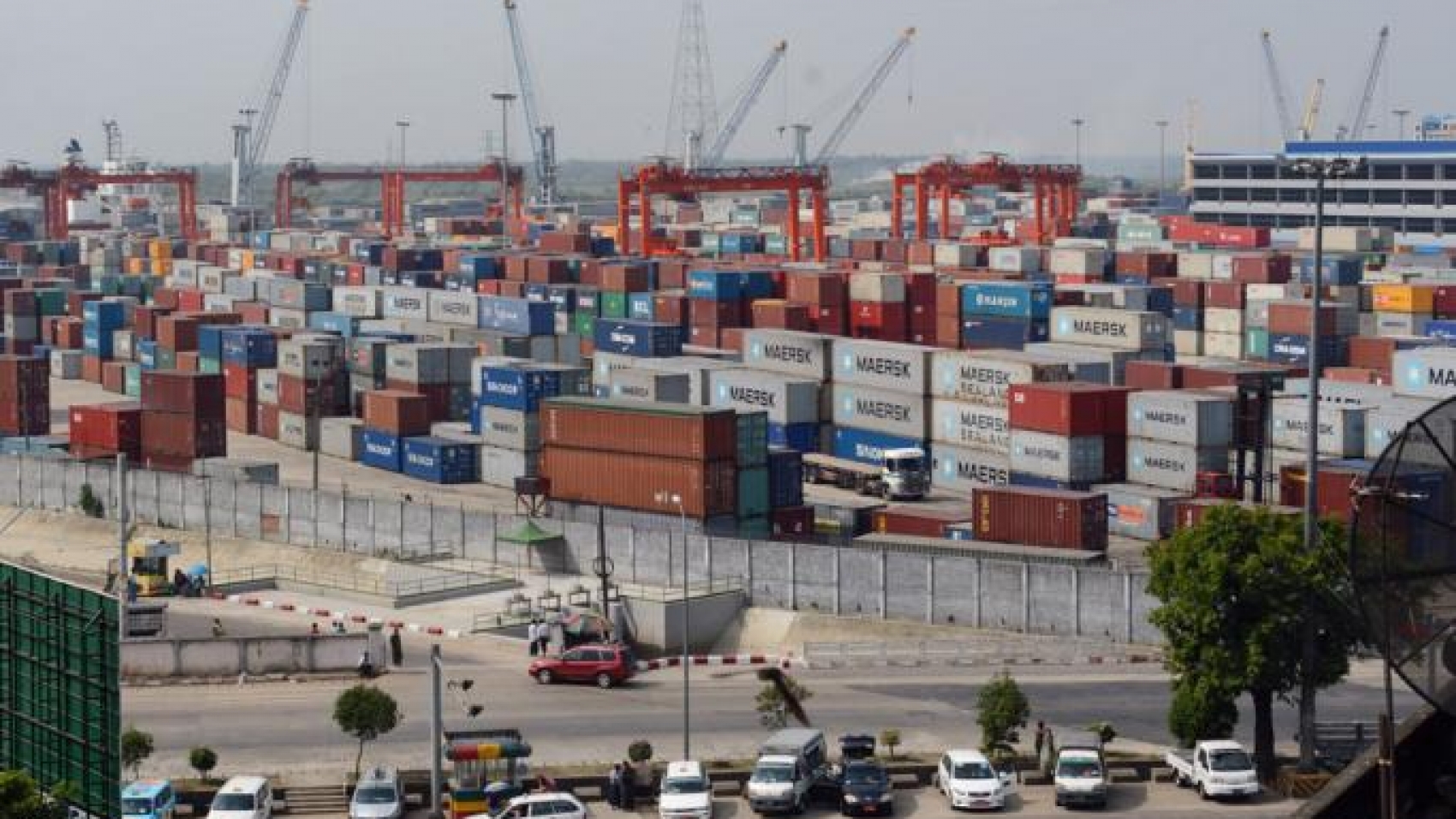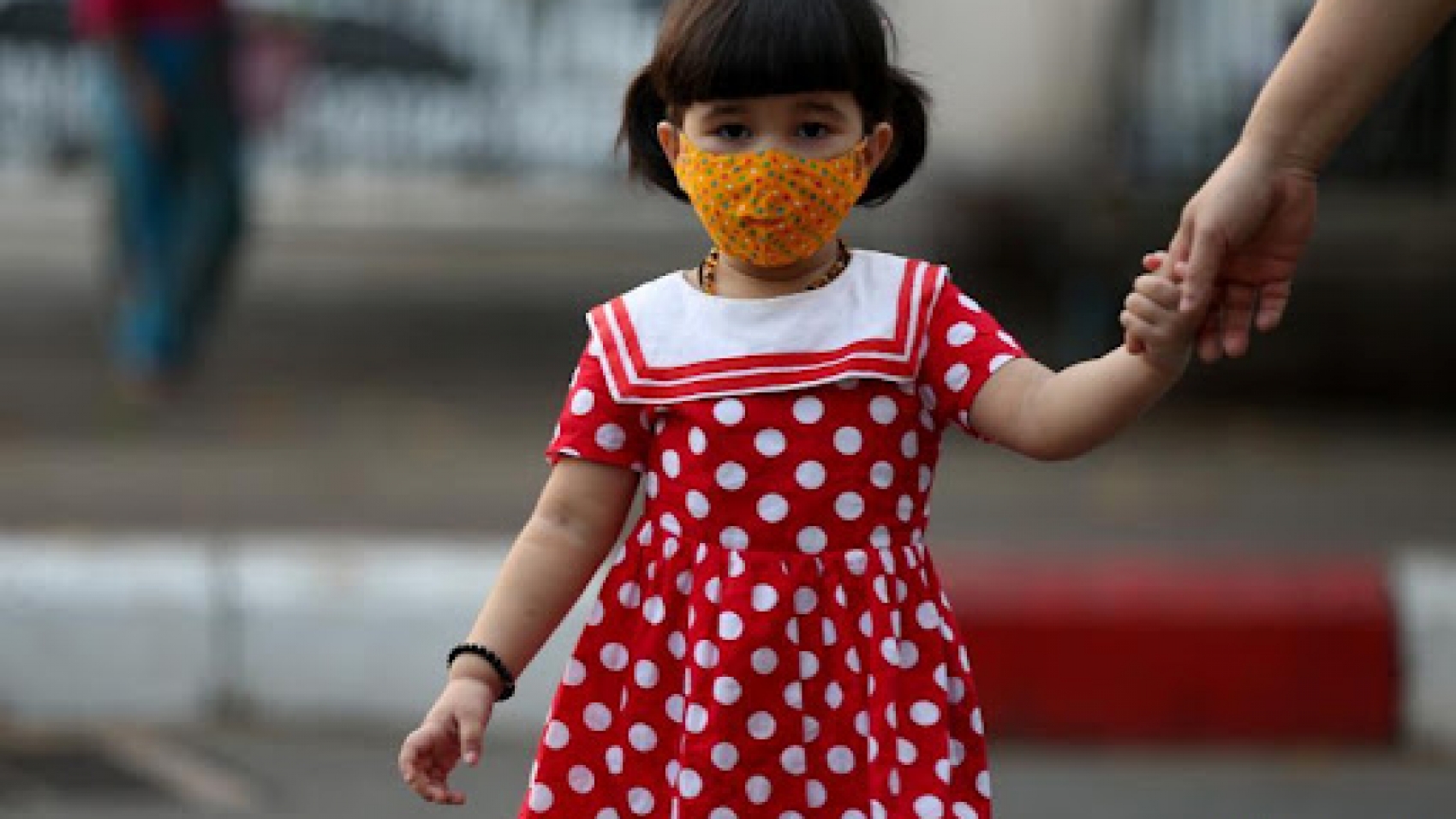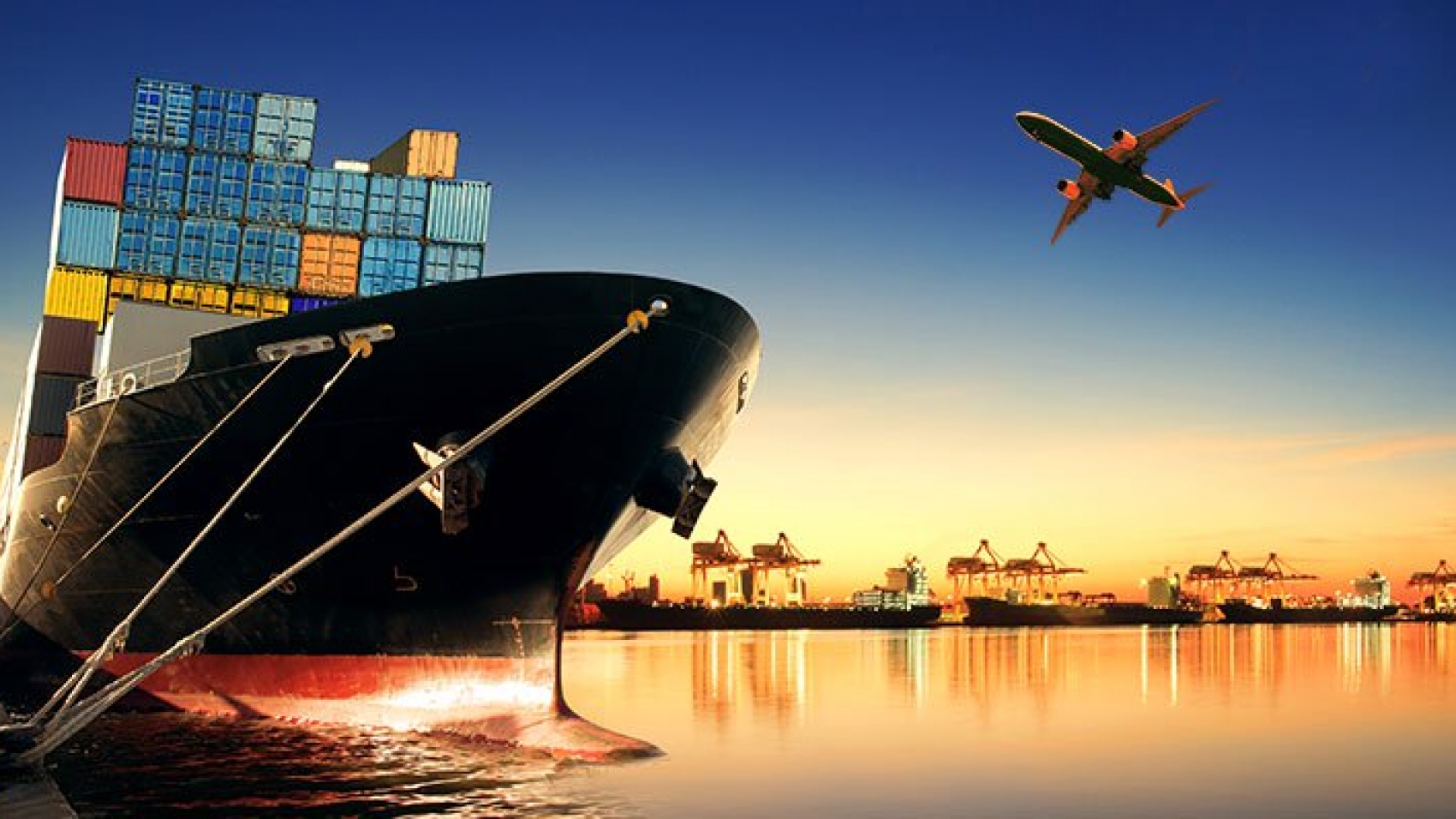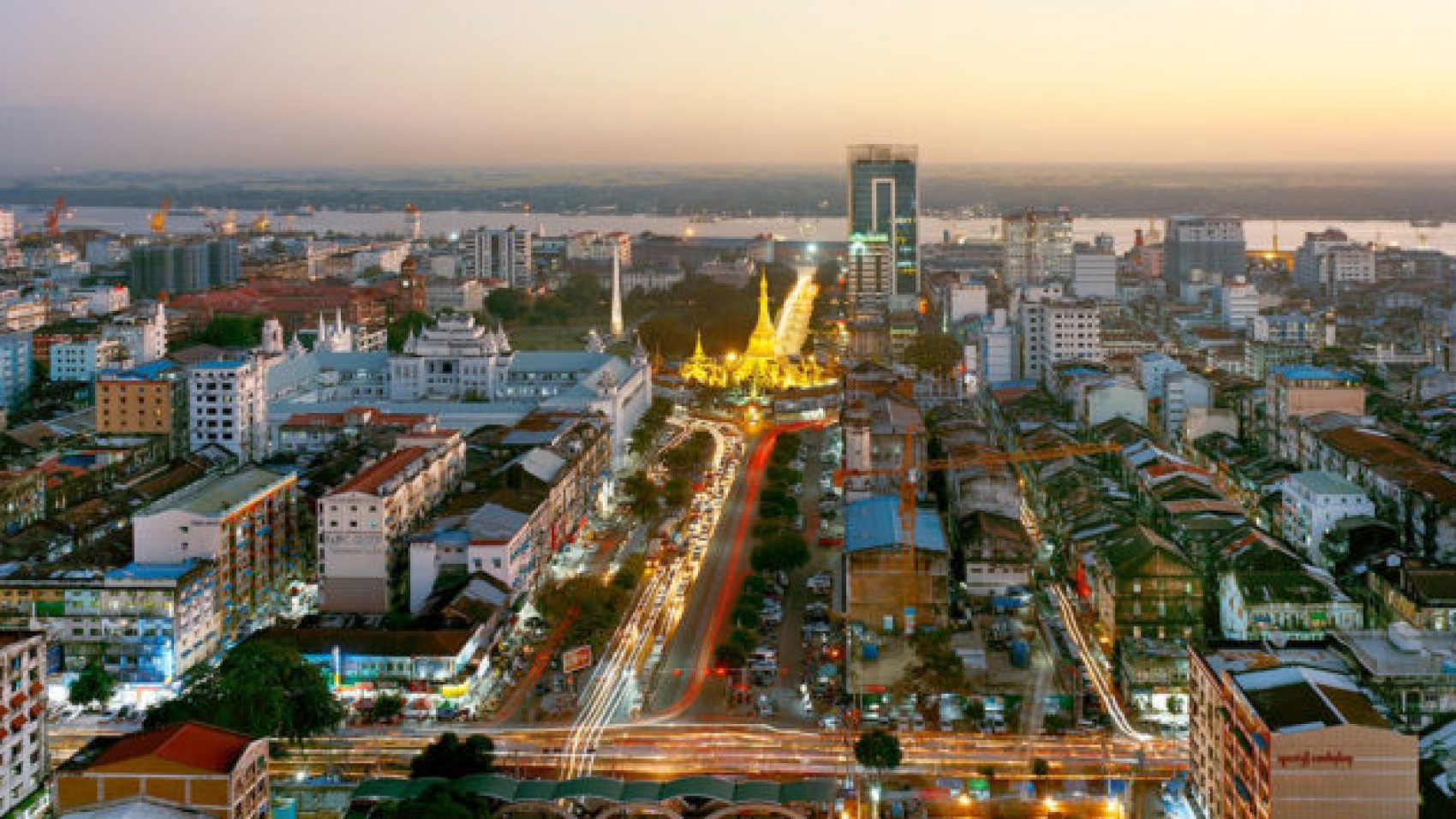The prices of raw natural rubber hit a record price of K1,200 per pound in Thuwanawady town, Thaton Township, Mon State. Traders sell only sundried rubber at the moment without processing ribbed smoked sheets. This year, the price is pretty high. The rubber fetches up to K1,100 per pound at the beginning of the season and then, it slightly decreases to K950 per pound. Yet, the price has rebounded to K1,200, which is the highest in ten years. Rubber businesses are thriving this year, said a rubber farmer working on a manageable scale in Wiyaw village.
The price is high on the back of steady demand from Kawthoung city. The prices range between K1,015 and K1,230 per pound depending on rubber varieties,” Daw Htar Shwe, a seller from Theinseik Ward, Thuwanawady town quoted in her sayings. All the stakeholders in the supply chain including rubber farmers and workers are doing well financially. After the suspension of trade between Myanmar and China amidst the COVID-19 consequences last year, the trade channel has been reopened again in the present.
Myanmar daily delivers rubber, various beans and pulses, dried plum, watermelon, muskmelon and other food commodities to China through the Kyinsankyawt border. Mon State is the top producer of rubber in the country, accounting for over 240 million pounds of rubber per year, as per data of Mon State Agriculture Department. The National Enlightenment Institute (NEI), a non-profit organization based in Mon State, has been receiving technical assistance from PUM Netherlands Senior Experts to enhance the rubber industry since May 2021, according to Mawlamyine Commodity Centre.
Rubber is commonly produced in Mon and Kayin states and Taninthayi, Bago, and Yangon regions in Myanmar. As per 2018-2019 rubber season’s data, there are over 1.628 million acres of rubber plantations in Myanmar, with Mon state accounting for 497,153 acres, followed by Taninthayi region with 348,344 acres and Kayin state with 270,760 acres. About 300,000 tonnes of rubber is produced annually across the country. Seventy per cent of rubber produced in Myanmar goes to China.
It is also shipped to Singapore, Indonesia, Malaysia, Viet Nam, the Republic of Korea, India, Japan, and other countries, according to the Myanmar Rubber Planters and Producers Association. About 300,000 tonnes of rubber is produced annually across the country. Seventy per cent of rubber produced in Myanmar goes to China. It is also shipped to Singapore, Indonesia, Malaysia, Viet Nam, Korea, India, Japan, and other countries. Myanmar shipped 303,293 metric tons of rubber to the foreign trade partners and generated more than US$449 million in revenue in the previous financial year 2020-2021, which is an increase of $184.6 million worth of 89,880 MT compared to the FY2019-2020, according to Myanmar Customs Department’s statistics.
Source: The Global New Light of Myanmar


